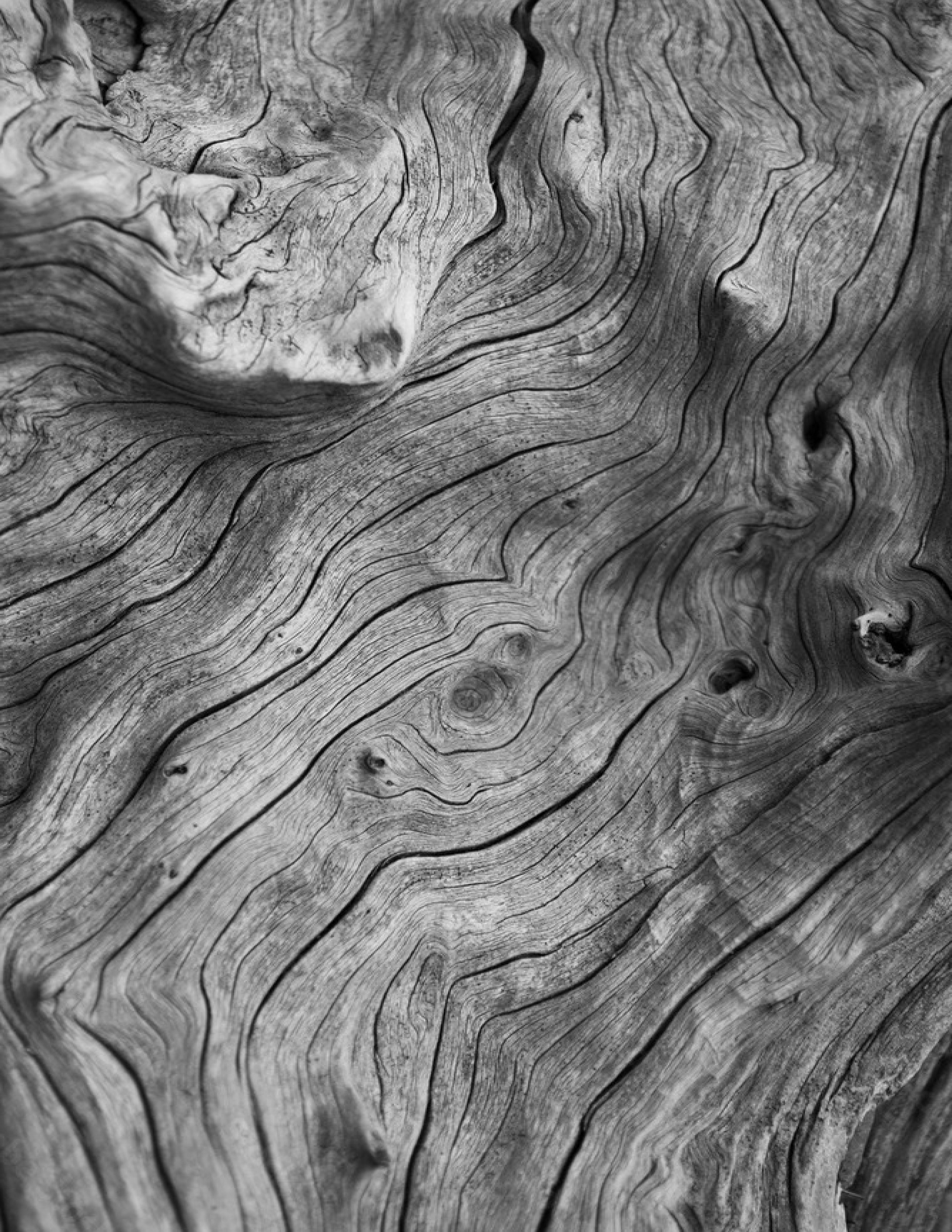“In Japan, there is the term wabi-sabi. Wabi-sabi posits that the beauty of an object is found in its imperfection. In direct contrast to the Western perspective, which tends to conflate perfection with beauty, wabi-sabi celebrates transience, individuality, and the flawed nature of a thing. These are the qualities that make it unique, genuine, and beautiful...It mirrors the Buddhist philosophies, in which wisdom comes from making peace with our fallible natures. Embracing our imperfection puts the emphasis back where it should be: continual improvement. This mind-set turns mistakes from land mines into street signs, pointing us toward where we need to go.” -Carroll, Ryder. The Bullet Journal Method: Track the Past, Order the Present, Design the Future
“There is a crack in everything, that’s how the light gets in.” —LEONARD COHEN
“What stands in the way becomes the way.” —MARCUS AURELIUS
Wabi Sabi Art Activity 1
Tear a beautiful magazine photo in half. Paste one half of the torn photo on a piece of sturdy paper. Complete the missing half with the art medium of your choice. The object is not to see how well you can render a likeness but to see the beauty in the side you created despite the degree of talent you possess.
[Difficulty level: Low]
Wabi Sabi Art Activity 2
Choose your least favorite art medium and make a work of art. Pay attention to how the medium resists your will and coordination. Perfection lies in imperfection and there are no mistakes in art. We create positive learning moments in life if we choose to see them as such. [Difficulty level: Medium]
Tear a beautiful magazine photo in half. Paste one half of the torn photo on a piece of sturdy paper. Complete the missing half with the art medium of your choice. The object is not to see how well you can render a likeness but to see the beauty in the side you created despite the degree of talent you possess.
[Difficulty level: Low]
Wabi Sabi Art Activity 2
Choose your least favorite art medium and make a work of art. Pay attention to how the medium resists your will and coordination. Perfection lies in imperfection and there are no mistakes in art. We create positive learning moments in life if we choose to see them as such. [Difficulty level: Medium]
Wabi Sabi Art Activity 3
Self-compassion can start by asking yourself a simple question: What would I tell a friend in this situation? Reflect on a time when you followed your own advice when faced with a difficult decision. Use an art medium of your choice to express how things worked out, or didn’t work out, and what you learned.
[Difficulty level: High]
Self-compassion can start by asking yourself a simple question: What would I tell a friend in this situation? Reflect on a time when you followed your own advice when faced with a difficult decision. Use an art medium of your choice to express how things worked out, or didn’t work out, and what you learned.
[Difficulty level: High]















